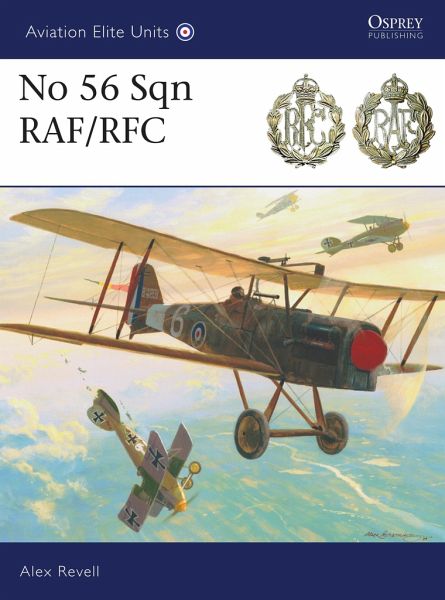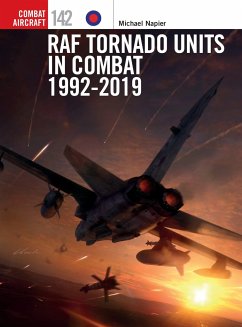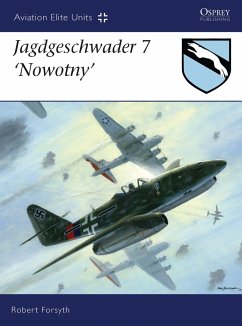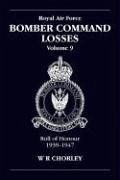
Alex Revell
Broschiertes Buch
No 56 Sqn Raf/RFC
Versandkostenfrei!
Versandfertig in 2-4 Wochen

PAYBACK Punkte
12 °P sammeln!




Uncovers the early days and development of No 56 Squadron, its victories and losses, and the birth of a proud tradition.
Alex Revell
Produktdetails
- Aviation Elite Units
- Verlag: Bloomsbury Publishing PLC
- Seitenzahl: 128
- Erscheinungstermin: 22. September 2009
- Englisch
- Abmessung: 249mm x 184mm x 17mm
- Gewicht: 412g
- ISBN-13: 9781846034282
- ISBN-10: 1846034280
- Artikelnr.: 26427072
Herstellerkennzeichnung
Libri GmbH
Europaallee 1
36244 Bad Hersfeld
gpsr@libri.de
Für dieses Produkt wurde noch keine Bewertung abgegeben. Wir würden uns sehr freuen, wenn du die erste Bewertung schreibst!
Eine Bewertung schreiben
Eine Bewertung schreiben
Andere Kunden interessierten sich für











